#ancient civilizations
Explore tagged Tumblr posts
Text



Minoan frescoes. The 1600s BC was a great time for fashion.
#art#art history#ancient history#history#ancient greece#greece#frescoes#fresco painting#minoan#minoans#minoan civilization#bronze age#fashion#fashion history#history of fashion#ancient civilizations
2K notes
·
View notes
Text



An Egyptian limestone figure of a Queen or goddess Early Ptolemaic Period, circa late 4th-3rd Century B.C.
#An Egyptian limestone figure of a Queen or goddess#Early Ptolemaic Period#circa late 4th-3rd Century B.C.#limestone#limestone statue#ancient artifacts#archeology#history#history news#ancient history#ancient culture#ancient civilizations#ancient egypt#egyptian history#egyptian art#ancient art
37 notes
·
View notes
Text
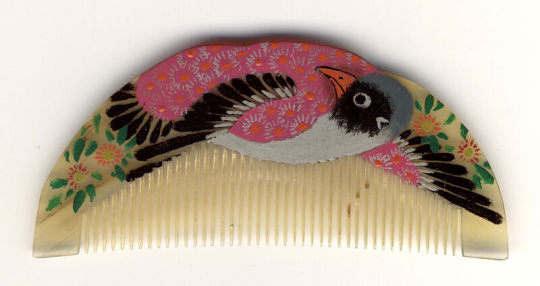


Traditional translucent horn combs featuring painted designs of a fish and various birds, crafted in Wuxi, Jiangsu Province, once prepared as “Palace” combs for the Imperial Court and delivered in brocade boxes.
https://whatyoulookingatnow.blogspot.com/2025/02/traditional-translucent-horn-combs.html
#jiangsu#combs#hair comb#bird art#birds#fish art#fish#art history#antiquities#asian history#antique#ancient history#ancient civilizations#ancient#toya's tales#style#toyastales#toyas tales#art#february#hair accessories#history#world history#Wuxi#horn combs#translucent
546 notes
·
View notes
Text

Sumerian/Mesopotamian Amulet Seal in the Form of a Bull, c. 3250 BCE.
#history#archaelogy#artifacts#art history#old art#art#statue#ancient history#bronze age#iron age#neolithic#mesopotamia#sumerian#iraqi#historical#cute#ancient civilizations
14K notes
·
View notes
Text










Ancient Egyptian Jewellery, Lapis Lazuli Amulets
From left to right: 1 Frog Amulet 664–332 B.C. 2 Heart Amulet 664–334 BCE 3 Lion and Bull Amulet 522–343 B.C. 4 Cat Amulet 1550–1295 B.C. 5 Ba Amulet 664–332 B.C. 6 Lion Amulet 1550–1295 B.C. 7 Fish Amulet 1550–1295 B.C. 8 Female Sphinx Amulet 1981–1550 B.C. 9 Harpokrates Amulet ? 1850–1640 B.C. 10 Falcon Amulet 664–332 B.C.
#ancient history#antiquity#ancient civilizations#ancient art#jewelry#lapis lazuli#history#antiquities#jewellery#ancient egypt#antiques#ancient jewelry#pendant#egyptology#egypt#ancientegyptianjewellery#amulet#collections#archiveofmyown#archaeology#artefact
1K notes
·
View notes
Text




Snake Headpieces, by Harumi Klossowska de Rola, for Valentino Couture Show | Spring 2016.
#valentino#art#jewelry#snake#medusa#fine art#fashion#fashion show#haute couture#ancient history#ancient rome#artwork#artists on tumblr#luxury#artist#beautiful#artefact#gold#greek gods#couture#goddess#mythology#princesscore#painting#ancient civilizations#aesthetic#girlblogging#just girly things#art history#this is a girlblog
2K notes
·
View notes
Text
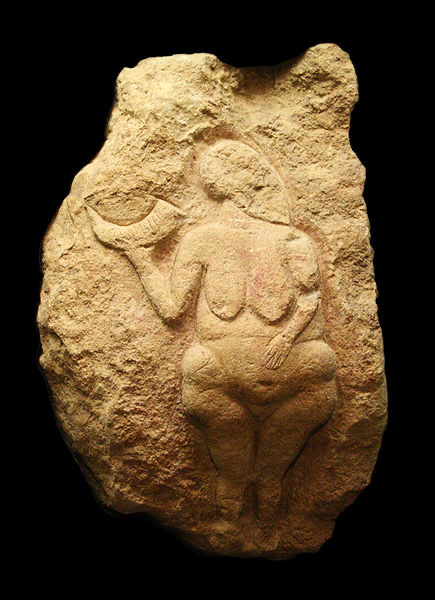
The Venus of Laussel
Limestone
c. 23,000 BCE
Discovered 1911, Marquay, Dordogne, France
#Venus of Laussel#ancient art#ancient cultures#ancient civilizations#venus#fertility#goddess#french art#french history#art history#aesthetictumblr#tumblraesthetic#tumblrpic#tumblrpictures#tumblr art#aesthetic#beauty#tumblrstyle
1K notes
·
View notes
Text


Akhenaten and Nefertiti
#egyptian history#ancient egypt#egyptian#egyptian pharaoh#akhenaten#nefertiti#ancient history#history#art#ancient sculpture#ancient civilizations
554 notes
·
View notes
Text
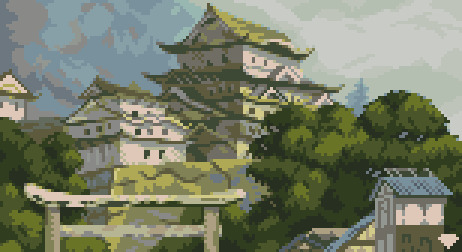
Himeji Castle
twitter ♦ prints ♦ tip jar
#pixel art#artists on tumblr#pixel#ancient wonders#pixelart#pixel aesthetics#8bit#pixel graphics#aseprite#pixel illustration#my art#civilization#ancient civilizations#sid meier's civilization#world wonder#china#chinese history#chinese architecture#medieval china
436 notes
·
View notes
Text
It’s been following me everywhere

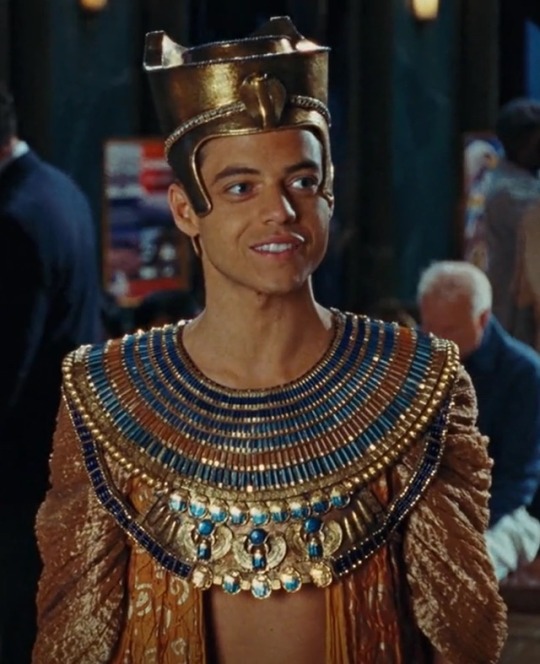
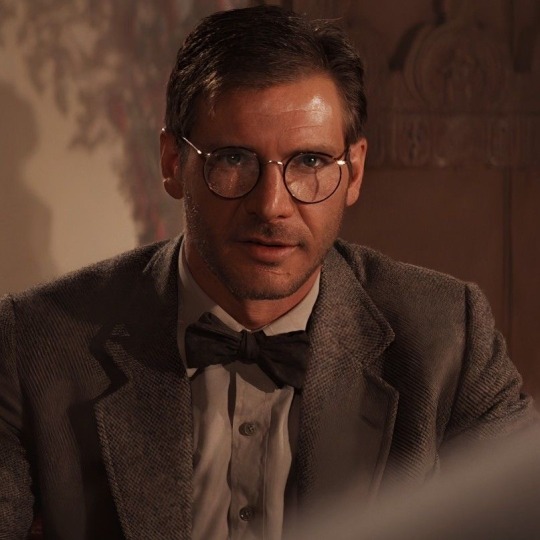

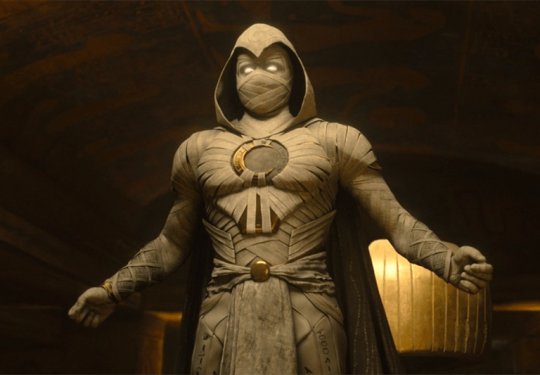
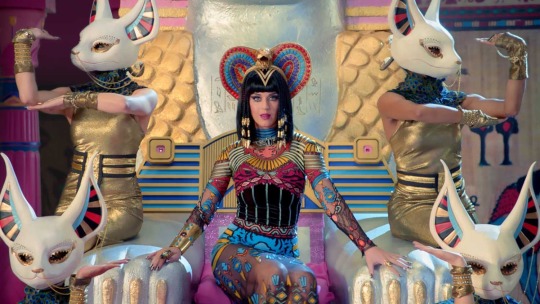

#steven grant#steven with a v#steven grant x reader#moon knight system#moon knight x reader#moon knight#oscar isaac characters#oscar isaac x reader#the mummy#mummy#ancient egypt by train#ancient egypt#indiana jones#rami malek#a night at the museum#night at the museum#harrison ford#ancient civilizations#brendan fraser#rachel weisz
1K notes
·
View notes
Text

“House of Life” Among New Discoveries at the Ramesseum Temple in Luxor
An Egyptian-French archaeological mission has made a series of highly significant discoveries at the Ramesseum temple (commissioned by Ramses II), located on the western bank of Luxor, Egypt. The discoveries, the result of cooperation between the Conservation and Documentation Sector of the Supreme Council of Antiquities, the French National Center for Research, and the Sorbonne University, have brought to light new elements that allow for a deeper understanding of the history and function of this iconic temple.
Among the main findings are a series of tombs from the Third Intermediate Period, storerooms for olive oil, honey, and fats, as well as wine cellars. Additionally, textile and stone workshops have been identified, along with kitchens and bakeries. These elements point to a much more complex economic and administrative activity than previously documented.
One of the most remarkable discoveries has been that of the so-called House of Life, an educational institution attached to the temple. This find is exceptional not only for providing the architectural layout of this teaching center, but also for yielding a collection of archaeological objects related to educational activity, such as remains of drawings and school games. This is the first physical evidence of the existence of a school within the Ramesseum, also known as the Temple of Millions of Years.

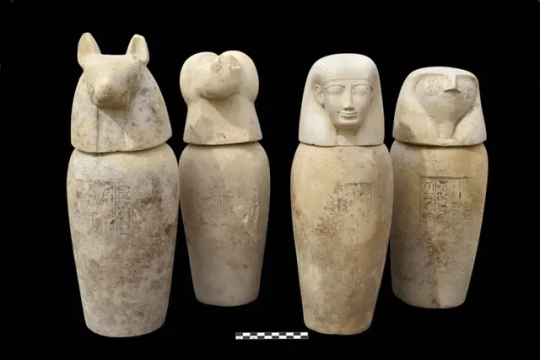
In the eastern sector of the temple, structures were found that, according to archaeologists, would have functioned as administrative offices. Meanwhile, studies carried out on the buildings and storerooms in the northern part indicate that olive oil, honey, and fats were stored there. A large number of wine jar labels were also found, confirming the use of the area as a wine cellar.
In the northeastern area of the temple, numerous tombs from the Third Intermediate Period were discovered. These contain funerary chambers, burial shafts with canopic jars, well-preserved funerary objects, nested sarcophagi, and a total of 401 ushabti figurines carved in ceramic. Human bones were also found scattered in the area.
The Minister of Tourism and Antiquities, Sharif Fathi, praised the mission’s efforts to reveal new aspects of the religious and social role of the Ramesseum in ancient Egypt. For his part, the secretary general of the Supreme Council of Antiquities, Mohamed Ismail, emphasized the importance of these discoveries, as they provide key information about the temple’s complex history, founded during the New Kingdom, under the reign of the Ramesside pharaohs.

Ismail explained that the temple not only served as a place of worship, where rituals in honor of the pharaoh were carried out even during his lifetime, but also fulfilled administrative and economic functions. The new evidence points to the existence of a complete hierarchy of civil officials who managed the redistribution of stored or manufactured goods, which benefited the local community, including the artisans of Deir el-Medina under the control of royal authority.
The studies also confirm that the site was already occupied before Ramses II built the temple, and that it was later reused as a large priestly necropolis after being looted. In later periods, during the Ptolemaic and Roman periods, it was used by stonecutters.
The head of the mission on the Egyptian side, Hisham El-Leithy, announced the re-exploration of the tomb of “Sehetep-ib-Re,” located in the northwestern sector of the temple. This tomb, originally discovered in 1896 by British archaeologist Quibell, dates from the Middle Kingdom and preserves funerary depictions of the owner on its walls.



The team has also completed the full restoration of the southern sector of the temple, from the hypostyle hall to the sanctuary, including the first courtyard. In this area, the pieces of the colossus of Tuya, mother of Ramses II, were reassembled and placed in their original location. Similarly, parts of the colossus of Ramses II himself were reconstructed and restored.
On the French side of the mission, archaeologist Christian Leblanc detailed that restoration work was also carried out on the royal palace adjacent to the temple’s first courtyard. Thanks to this work, the original layout of the building was recovered, which included a reception hall and a throne room. The king used this space to hold audiences during his stay at the temple.
In the area of the second monumental gate, part of the granite lintel was discovered, depicting a deified Ramses II before the god Amun-Ra, as well as remains of the decorative frieze that originally rested on a cornice with monkey figures.
The mission also cleared the northern and southern processional paths, where several findings from the Third Intermediate Period appeared. It was identified that this part of the temple was flanked by statues of Anubis reclining over small chapels. Many of these sculptures have been recovered and restored.
By Guillermo Carvajal.


#“House of Life” Among New Discoveries at the Ramesseum Temple in Luxor#Third Intermediate Period#ancient artifacts#archeology#history#history news#ancient history#ancient culture#ancient civilizations#ancient egypt#egyptian history
24 notes
·
View notes
Text

“rome at heart”
#he makes me feel so unwell#cato the younger#ancient rome#roman history#ancient civilizations#classics tag#romeblr
233 notes
·
View notes
Text

Sculpture of a seated man with two dogs (one of the dogs is seen in the image). Dated (400-800 AD), from Veracruz, Mexico.
It could depict a warrior, as the man wears a full head mask that represents a (prairie) wolf.
#antiquities#mexican#mexican artifacts#artifact#art history#history#sculpture#warrior#dog art#ancient history#ancient art#toya's tales#style#toyastales#toyas tales#art#november#fall#masked men#mask#veracruz#art world#world history#ancient civilizations
4K notes
·
View notes
Text

Lioness Devouring a Man, Phoenician Ivory Panel, c. 9th-8th century BCE. From the palace of Ashurnasirpal II, Nimrud, northern Mesopotamia, Iraq.
#history#culture#old art#artwork#art#ancient history#mesopotamia#ancient civilizations#anthropology#archaelogy#middle eastern#iraqi#iraq
7K notes
·
View notes
Text

12:00 PM, October 2024.
The sun hangs heavy over the Great Sphinx of Giza.
#egypt#photography#art#cairo#giza#great pyramid of giza#great sphinx of giza#sphinx#egyptology#ancient egypt#aesthetic#sky#history#vintage#ancient history#ancient art#ancient civilizations#ancient wonders#travel#desert#timeless#beauty#beautiful#lensblr#artists on tumblr#original photographers#photographers on tumblr#egyptian#egyptian mythology#dark academia
246 notes
·
View notes